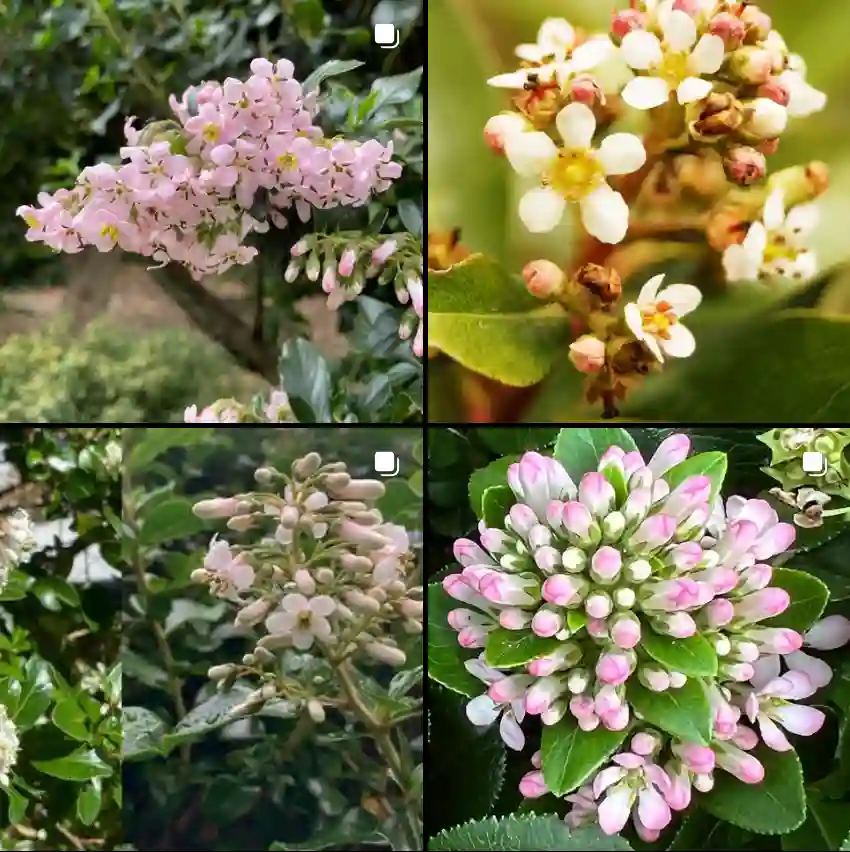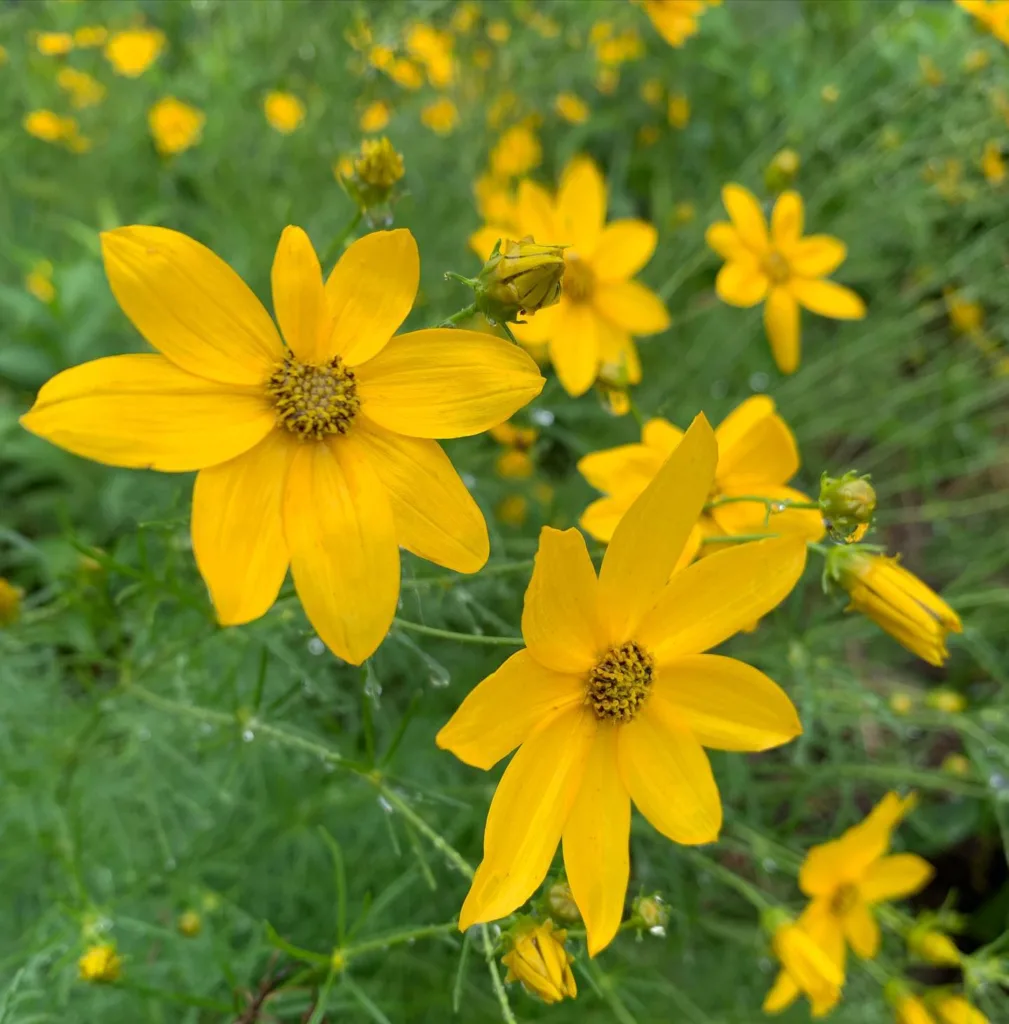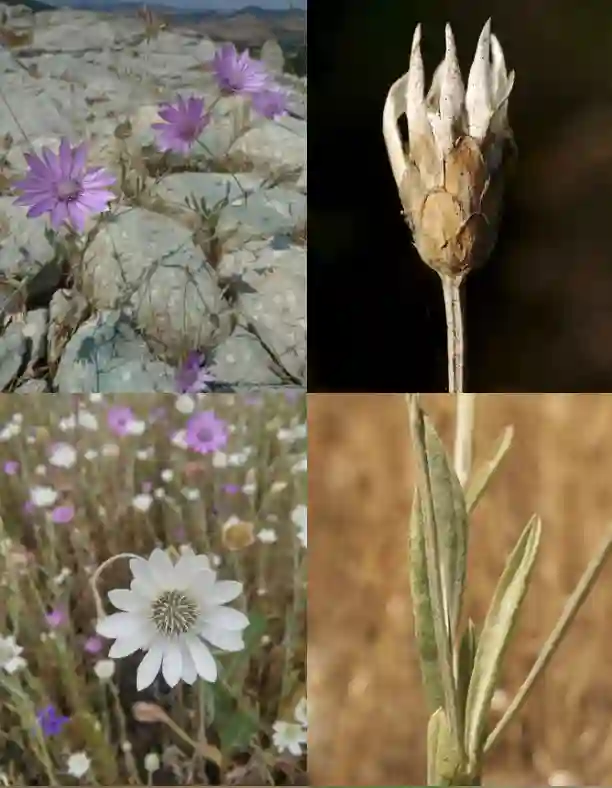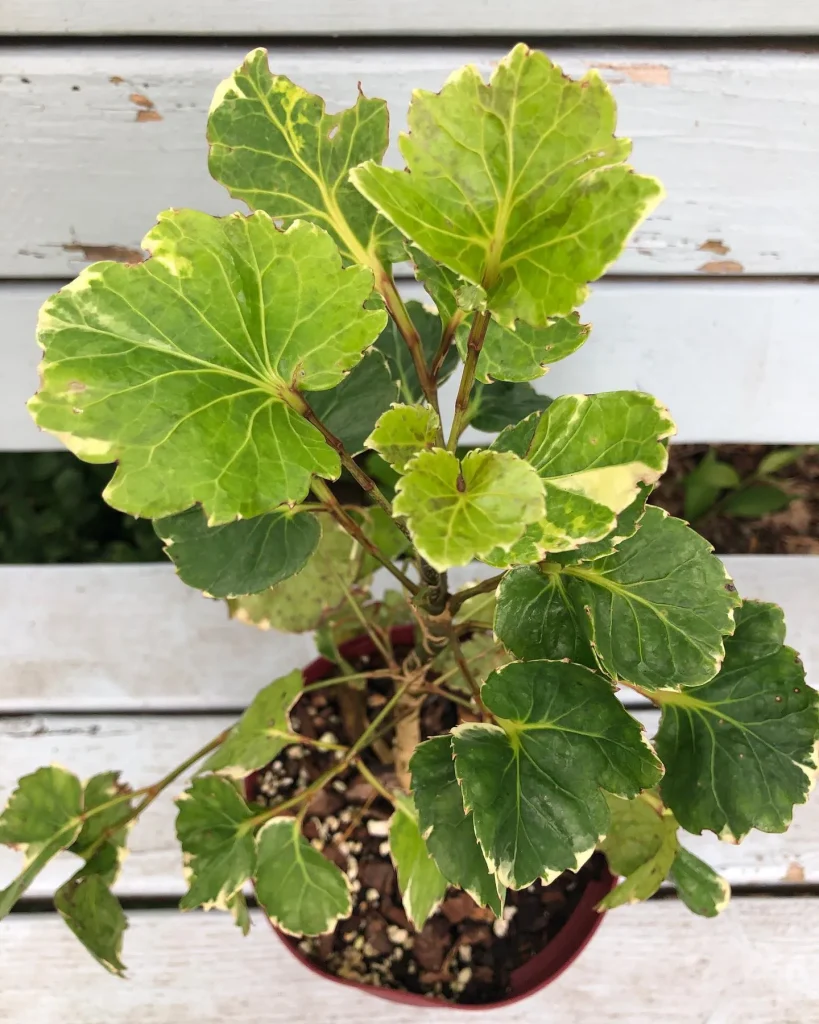Exploring the Typhaceae Family: A Personal Journey with Sparganium and Typha
As an avid plant enthusiast, my fascination with various plant families has led me to explore the Typhaceae family. This family, commonly known as the cattail family, consists of a handful of genera that thrive in wetland environments. Two prominent genera within this family are Sparganium and Typha. Both have unique characteristics and ecological roles, making them a joy to study and appreciate.
Understanding the Typhaceae Family
The Typhaceae family is primarily composed of herbaceous perennials that are well-adapted to wetland habitats. These plants are crucial for maintaining ecosystem balance. They provide habitat for wildlife, help with water filtration, and prevent soil erosion. What I find particularly interesting is how these plants are often the first to colonize disturbed wetland areas, showcasing their resilience.
Sparganium: The Bur-Reed
Sparganium, commonly referred to as bur-reed, is a genus that consists of about 15 species. These plants typically grow in shallow water or marshy areas, and their unique structure immediately catches my eye. The long, slender leaves emerge from a central stem, often reaching several feet high. I remember first encountering Sparganium in a local wetland preserve. The way it swayed gracefully in the breeze was mesmerizing.
One of the defining features of Sparganium is its flower heads. They are spherical and can be quite striking, with each head composed of numerous small flowers. I’ve learned that these flowers attract various pollinators, including bees and butterflies, which makes Sparganium an essential component of the ecosystem.
Typha: The Cattail
On the other hand, Typha, commonly known as cattail, is perhaps the most recognizable member of the Typhaceae family. Typha plants are characterized by their tall, sword-like leaves and distinctive brown flower spikes. I often see cattails lining the edges of ponds and marshes, providing a familiar silhouette against the landscape.
What I find fascinating about Typha is its adaptability. It can thrive in various conditions, from freshwater to brackish environments. During my visits to wetlands, I’ve noticed how Typha can create dense stands that provide shelter and nesting sites for birds and other wildlife. The dense root systems also help stabilize the soil, preventing erosion, which is crucial for wetland health.
Ecological Importance
Both Sparganium and Typha play vital ecological roles. They act as natural water filters, improving water quality by trapping sediments and absorbing nutrients. This function is especially important in areas facing pollution. During my explorations, I’ve often noticed cleaner water in areas dominated by these plants compared to those without.
Furthermore, these genera contribute to biodiversity. They serve as habitat and food sources for various wildlife, including fish, amphibians, and birds. I’ve had the pleasure of observing numerous species thriving in wetlands where Sparganium and Typha are abundant. For instance, I once watched a family of ducks swimming among the cattails, which provided them with both shelter and food.
Cultural Significance
Beyond their ecological importance, Sparganium and Typha hold cultural significance in many societies. Indigenous peoples have long utilized cattails for various purposes, from food to crafting materials. I remember reading about how the young shoots of Typha are edible and can be prepared in various ways. This connection between people and plants deepens my appreciation for these species.
Moreover, I’ve encountered artistic representations of cattails in literature and artwork. Their distinctive shape and presence in wetland ecosystems have made them symbols of nature’s resilience. This cultural recognition highlights the importance of conserving these habitats.
Conservation Efforts
As wetlands continue to face threats from urban development and climate change, it becomes increasingly important to advocate for their preservation. Organizations dedicated to wetland conservation often emphasize the significance of plants like Sparganium and Typha in maintaining healthy ecosystems. I’ve participated in local conservation efforts, planting native species in degraded areas to help restore wetland habitats.
Additionally, public awareness about the importance of wetlands can lead to greater support for conservation initiatives. Through my involvement in local environmental groups, I’ve shared my knowledge about the Typhaceae family and its ecological roles, encouraging others to appreciate these vital ecosystems.
Conclusion
My journey into the world of the Typhaceae family, particularly through Sparganium and Typha, has deepened my understanding of wetlands and their importance. These plants are not just beautiful; they play essential roles in maintaining ecological balance. As we move forward, it’s crucial to protect these habitats and the remarkable plants that inhabit them. Through conservation efforts and increased awareness, I believe we can ensure that future generations can enjoy the beauty and benefits of the Typhaceae family.
If i die, water my plants!



